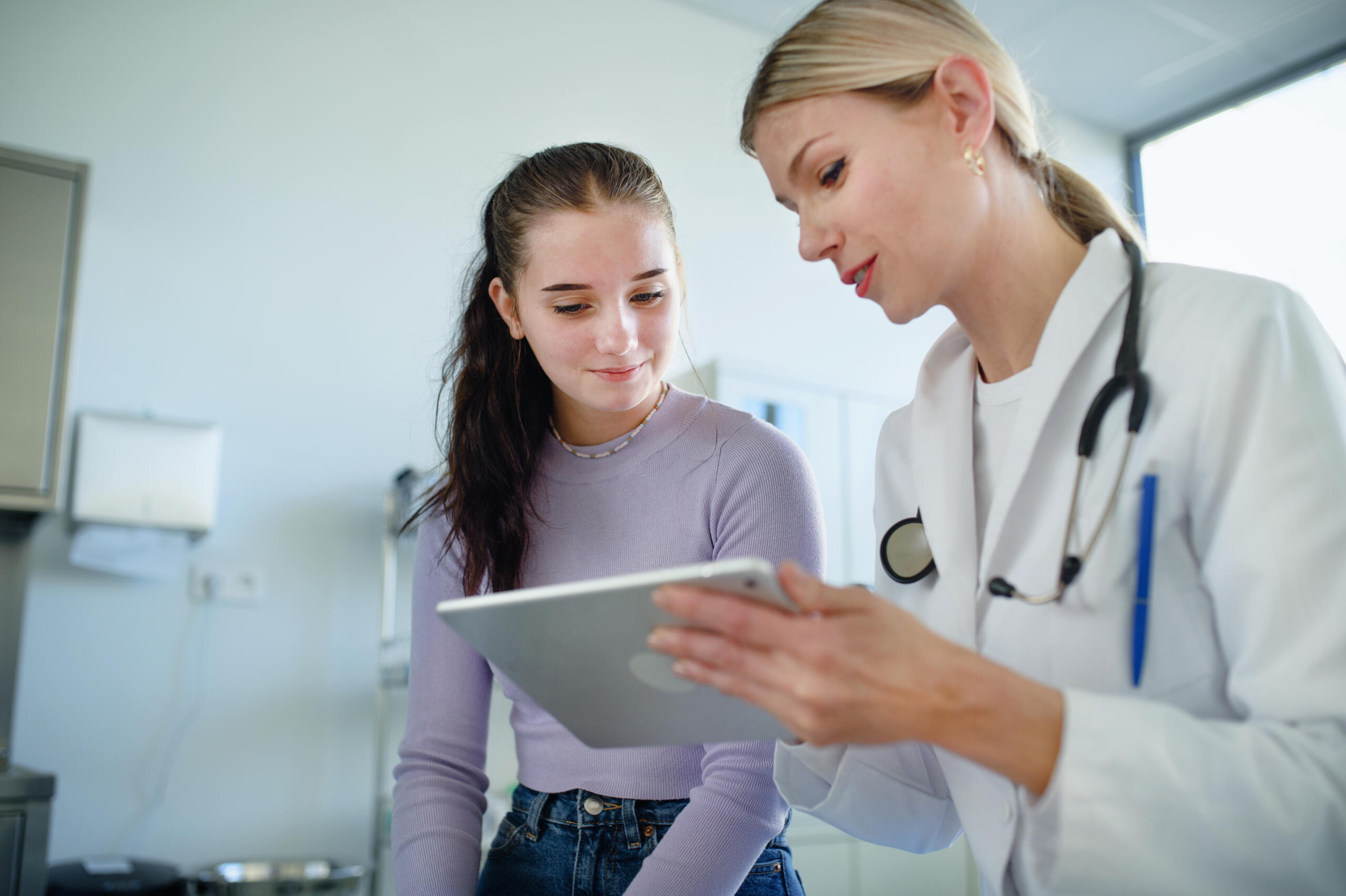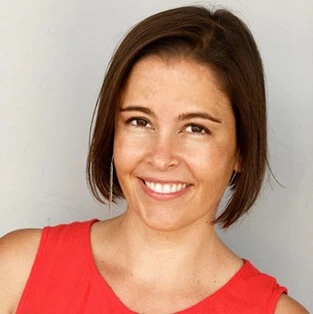
The “who” of clinical trials
People with type 1 diabetes (T1D) who choose to participate in clinical trials are central to determining whether a new treatment is effective and safe. Yet have you ever wondered who operates behind the scenes of clinical trials?
There are scientists that have researched a new drug or device for years, sometimes decades. There are healthcare professionals (HCPs) that oversee the trial at each location, administer treatments, and monitor participants’ health. There are study coordinators that manage the volunteers. There are pharmacologists, biostatisticians, ethicists, writers, and countless others who analyze and publish the data for the scientific community. It takes a village!
Focus on Hassenfeld Children’s Hospital at NYU Langone
The Pediatric Diabetes Center at Hassenfeld Children’s Hospital at NYU Langone is part of the world-renowned NYU Langone Health system, which also has adult programs for diabetes. Diamyd Medical specifically chose NYU Langone as a trial site for DIAGNODE-3.
DIAGNODE-3 is a Breakthrough T1D-funded phase 3 clinical trial of the disease-modifying therapy Diamyd®. The goal is to preserve as many healthy beta cells as possible to maintain the body’s own insulin production.
The team at Hassenfeld Children’s Hospital managing DIAGNODE-3 is led by Mary Pat Gallagher, MD, the Principal Investigator, Director of the Pediatric Diabetes Center, and associate professor in the Department of Pediatrics at NYU Grossman School of Medicine. With many years of experience under her belt, she has been involved in previous clinical trials for Diamyd®, making her a perfect fit for this final stage of testing.
The team also includes pediatric endocrinologist Dr. Casey Berman, the Sub-Investigator, in addition to Jeniece Ilkowitz, RN, CDCES, and Aashna Shah, who are the study coordinators.
I have a personal and family connection to T1D, and research allows me to have both an impact on the greater community as well as individuals.”
Managing T1D is a team effort—the clinical researchers behind the scenes want to make the process as smooth as possible for those who choose to participate in trials.
“We have a wonderful research team with people who also live with diabetes,” Jeniece continued. “You will receive extra support as you learn to live with your new diagnosis, as we will support you as well as communicate with your primary diabetes provider.”
A deeper dive into the science
Diamyd® is an immune modulator that prevents attack on the body’s insulin-producing beta cells by reprogramming the immune system to ignore GAD (glutamic acid decarboxylase). In T1D, GAD can give rise to autoantibodies, which tell the immune system to destroy beta cells.
This therapy is targeted toward people with newly diagnosed T1D who also have the genetic marker associated with GAD —about 40% of the T1D population.
Diamyd® works by injecting GAD directly into lymph nodes, where immune cells live until they’re needed. If certain types of immune cells are exposed to GAD over and over again, they eventually become tolerant and stop destroying the beta cells.
DIAGNODE-3: The phase 3 trial
Researchers are now testing Diamyd® in phase 3 clinical trials (DIAGNODE-3), the final step before seeking approval from the U.S. Food and Drug Administration (FDA). Results from previous trials have been so promising that Diamyd® has received Fast Track Designation and Orphan Designation from the FDA, solidifying it as a potentially life-changing disease-modifying therapy for newly diagnosed T1D.
To participate in DIAGNODE-3, you must be between 12-28 years old and have been diagnosed with stage 3 T1D within the last six months, meaning you have symptoms associated with high blood sugar and require insulin therapy. You also must test positive for a specific genetic marker (HLA DR3-DQ2) to participate.
Over a two-month period, participants will receive three ultrasound-guided injections into a lymph node located in the groin, followed by a 22-month follow-up. A topical anesthetic can be used as required. While a mild reaction at the injection site (itching, redness, etc.) is expected, to date none of the participants in all the trial phases has discontinued treatment due to injection issues.
For every two participants receiving Diamyd®, one will receive a placebo (a treatment with no therapeutic effect for comparison). Researchers will measure C-peptide, a lab test that shows a person can still produce their own insulin, in addition to HbA1c and continuous glucose monitor (CGM) data to determine whether the drug is working. Based on previous trials, researchers predict that Diamyd® will significantly improve blood glucose management, reduce risk of complications, and overall increase quality of life.
We need your help—get involved!
Clinical trials are critical to get new medicines from the lab into the clinic in a safe and effective way. We know that trials are daunting—signing up to receive a treatment that’s still under investigation can be a difficult decision. Yet, if you choose to participate in a clinical trial, you can have access to new therapies and knowledgeable clinicians, learn more about T1D, and benefit the broader T1D community. Also, because there are only 13 DIAGNODE-3 clinics in the U.S., you may be eligible to receive travel reimbursement.
Meet the team and get screened!
Still feeling unsure? Jeniece, one of the study coordinators at Hassenfeld Children’s Hospital at NYU Langone, suggests starting simple.
“As you wait for the results, you can speak to family and friends with the added knowledge as well as think about your life and how this can fit into it,” she explained. “We truly want to help people living with diabetes and be able to have as many options as possible to help them manage their disease in the future.”
Learn more about DIAGNODE-3 by visiting the study’s website. While there are 60 clinic locations in the U.S. and Europe and more than 200 people with T1D enrolled so far, only one person has enrolled at NYU Langone. If you or anyone you know in the NY Metro Area would be interested in participating, please contact the research team at NYU to learn how to get involved. They are recruiting throughout 2025.
Breakthrough T1D’s role
A pillar of Breakthrough T1D’s Cures Program is disease-modifying therapies: those that can slow, halt, or reverse the course of T1D, such as Diamyd®. These interventions are most impactful at the earlier stages of T1D with the hopes of preserving as many beta cells as possible so that the body can produce its own insulin.
Breakthrough T1D’s funding of the DIAGNODE-3 clinical trial aligns with our dedication to early detection and screening. Identifying the presence of T1D autoantibodies as early as possible allows for a larger window of intervention and increases the chances of preserving healthy beta cells with disease-modifying therapies. While DIAGNODE-3 is the first therapy to target a specific genetic subpopulation of T1D, we anticipate that it won’t be the last, which underscores the importance of getting screened to understand your genetic T1D background.
DIAGNODE-3 is just one of the many different clinical trials that Breakthrough T1D funds.
To promote education and awareness of clinical trials, Breakthrough T1D has assembled a group of Clinical Trial Education Volunteers (CTEVs) who engage with the T1D community.

One CTEV, Alecia Wesner, used her expertise and personal experience with T1D to connect Diamyd Medical, the NYU Pediatric Diabetes Center, the Breakthrough T1D NY Metro Chapter, and Breakthrough T1D National, bringing together critical players who can facilitate participation and spread the word about the DIAGNODE-3 clinical trial.
Without people like Alecia, getting the message out about potentially life-changing trials would be far more difficult. We thank Alecia for her efforts and the clinical trial participants of the T1D community for moving science forward for the benefit of all.